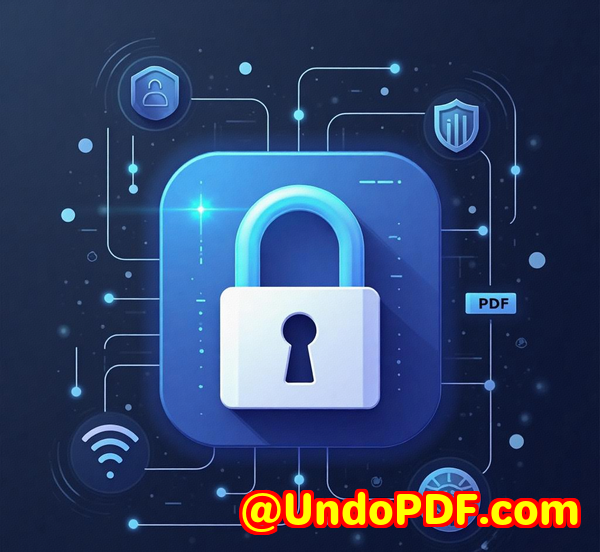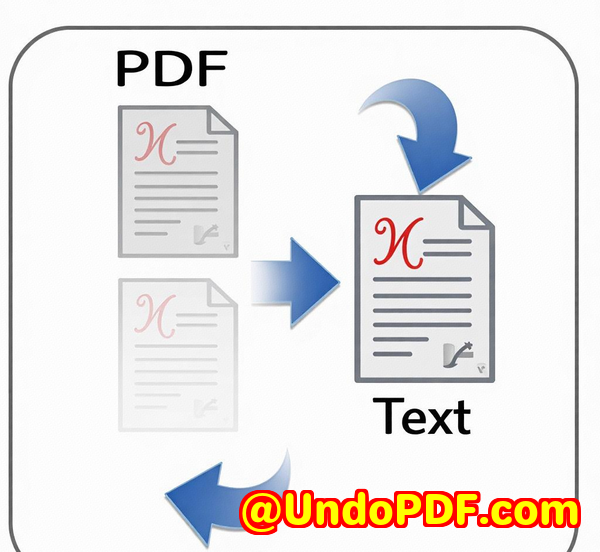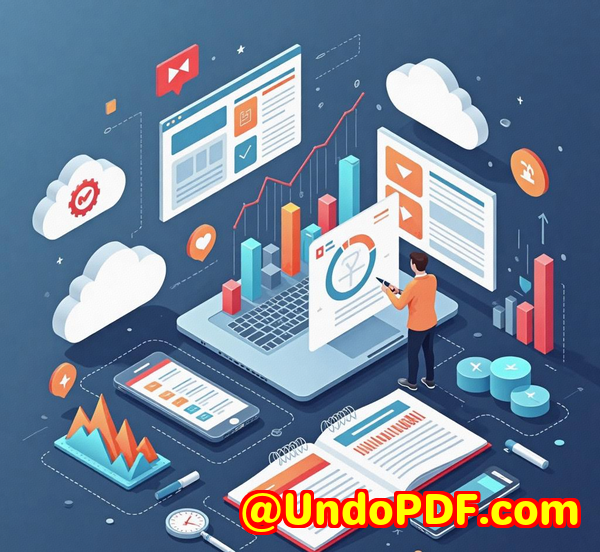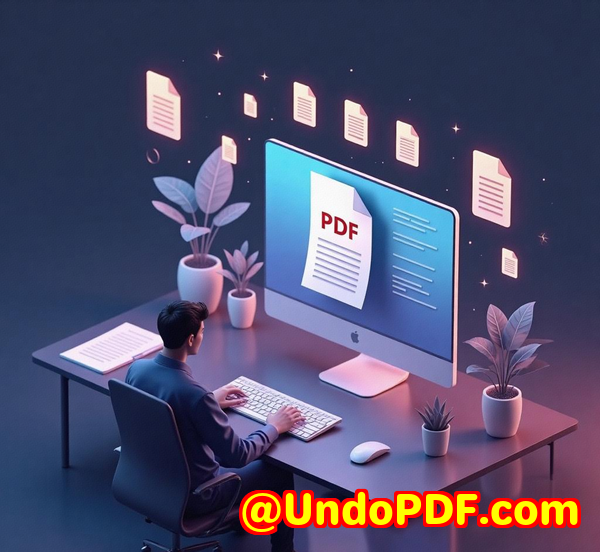A Deep Dive into VeryDOC PDF to PDFA SDKs Command Line Features for Power Users
Title:
A Deep Dive into VeryDOC PDF to PDF/A SDK’s Command Line Features for Power Users
Meta Description:
Learn how VeryDOC’s PDF to PDF/A Converter SDK can transform your PDFs into compliant, archivable fileswithout the need for a graphic interface. Perfect for developers.

Opening Paragraph (Engagement)
If you’re managing documents for long-term storage, you’ve likely encountered the nightmare of ensuring that your PDFs remain accessible, readable, and usable decades down the road. One day, a critical document might need to be pulled from your archives, but if it’s not properly formatted or compliant with industry standards, retrieving it can be a frustrating, time-consuming task. That’s where VeryDOC’s PDF to PDF/A Converter SDK for developers comes ingiving you the power to automate the process and future-proof your documents.
When I first started working with PDF files for archiving, I didn’t realise just how essential it was to convert them to PDF/A format. Regular PDFs can become corrupted or lose formatting when opened on newer systems, but PDF/A ensures that the file remains the sameno matter how many years pass. After struggling with various solutions, I stumbled upon VeryDOC PDF to PDF/A Converter SDK, and it completely changed the way I handled document archiving.
Body (Product Solution + Personal Experience)
Discovering the Power of VeryDOC’s SDK
As a developer, I needed a solution that could easily integrate into my automated workflows, without relying on bulky software or complex graphical interfaces. That’s when I found VeryDOC’s PDF to PDF/A Converter SDK. This command-line tool isn’t just a one-trick pony; it’s packed with features that make transforming a large number of documents into compliant PDF/A files a breeze.
For context, PDF/A is an ISO standard specifically designed for the long-term preservation of digital documents. It’s critical for industries that deal with sensitive documents, such as legal, governmental, or healthcare sectors. The beauty of VeryDOC PDF to PDF/A Converter SDK is its focus on enabling developers to create automated processes for converting regular PDFs into PDF/A, and it’s all done via the command linemeaning no graphical interface to slow things down.
What Makes VeryDOC Stand Out?
The power of VeryDOC PDF to PDF/A Converter SDK lies in its simple but highly effective command-line interface. Unlike other tools that try to hide complexity with bloated GUIs, this SDK keeps everything streamlined for users who are comfortable working in the terminal.
-
Archiving Compliance Made Easy: One of the standout features is its ability to create PDF/A-1b compliant documents. This compliance ensures that your PDFs are fully compatible with archiving standardsensuring that your files will remain usable and uncorrupted no matter how many years pass.
-
Automating the Process: The real magic happens when you automate the PDF to PDF/A conversion for multiple files. It supports batch processing, meaning you can convert hundreds (or even thousands) of files without needing to open each one individually. This is a game-changer when you’re working with a large archive of scanned PDFs or other documents that need to be converted for storage.
-
Password-Protected PDFs? No Problem: I work with a lot of documents that are password-protected. With VeryDOC PDF to PDF/A Converter SDK, I can convert these password-protected PDFs directly to PDF/A format, which is often a roadblock with other conversion tools.
How I Use VeryDOC SDK in Real Life
Let me walk you through a real-world example. I had a project that required converting hundreds of scanned contracts and invoices into PDF/A format for a legal firm. Here’s how I tackled it with the SDK:
-
Step 1: I set up a basic batch processing script to convert all files in a folder from regular PDF to PDF/A-1b. It took only a few lines of code to get the process running.
-
Step 2: I used the
-modecommand to specify the conversion level I needed. In this case, I opted for mode0, which ensures compliance with the most basic PDF/A standards. The tool immediately stripped out any non-compliant content like JavaScript and interactive formsthings that might have been useful in the original PDF but aren’t allowed in PDF/A. -
Step 3: The real surprise came with the font embedding feature. Scanned PDFs often contain fonts that aren’t embedded, causing the file to look different when opened on another machine. VeryDOC’s SDK automatically embedded all the fonts, and it even subset them when necessary, ensuring consistency across all platforms.
The process saved me hours of manual work, and the results were flawless. The legal firm was able to quickly store and retrieve these files without worrying about future compatibility issues.
The Key Advantages
Why should you consider using VeryDOC PDF to PDF/A Converter SDK for your PDF conversion needs?
-
Batch Processing: You don’t need to manually convert each file. Batch processing is simple with command-line operations, letting you convert large archives in one go.
-
PDF/A Compliance Made Simple: You can choose from different compliance levels (PDF/A-1b, PDF/A-2u, etc.), depending on your needs. This flexibility is key when dealing with various industries and compliance requirements.
-
Advanced Font and Metadata Management: It ensures that all fonts are embedded, and all metadata is correctly added. If the document lacks metadata (which often happens with scanned PDFs), the SDK will automatically add the missing XMP metadata.
-
Compatibility: Whether you’re working with documents that originated from old PDF versions or more modern ones, the SDK ensures that the output is always fully compliant with the latest standards.
Comparing VeryDOC with Other Tools
You might be wondering, “Isn’t this functionality available in other tools?” Well, yes and no. Many tools offer PDF/A conversion, but few allow for batch processing and automatic font embedding like VeryDOC PDF to PDF/A Converter SDK. The ability to handle password-protected PDFs without extra steps is another standout feature. Plus, its command-line interface is much faster and more efficient than GUI-based alternatives.
Conclusion (Summary + Recommendation)
If you’re a developer who needs to automate the process of converting PDFs into compliant PDF/A files, I can’t recommend VeryDOC PDF to PDF/A Converter SDK enough. It’s easy to use, powerful, and incredibly flexible. Plus, it saves you a ton of time, especially when working with large archives of documents.
Whether you’re working in the legal, healthcare, or financial sectors, this tool is indispensable. PDF/A compliance is critical for document preservation, and with VeryDOC in your toolkit, you can ensure your documents are safely archived and ready for the future.
Start your free trial now and see how much time you can save. Click here to try it out for yourself.
Custom Development Services by VeryDOC
At VeryDOC, we understand that every business has unique needs. That’s why we offer comprehensive custom development services to meet your specific technical requirements. Whether you need specialized PDF processing solutions or advanced integration with your existing software, VeryDOC’s expertise spans a wide range of technologies.
Our custom development services include solutions in Python, PHP, C/C++, JavaScript, .NET, and many more. We specialise in creating tailored tools for PDF management, digital signatures, OCR, and cloud-based document conversion. Whatever your project entails, we can create a solution that fits.
Contact us at support.verypdf.com to discuss your project requirements and start building the solution you need.
FAQ
-
What is PDF/A and why is it important?
PDF/A is an ISO standard designed for the long-term preservation of digital documents. It ensures that the document remains exactly the same for years, regardless of software or hardware changes.
-
Can I convert password-protected PDFs with this tool?
Yes, the VeryDOC PDF to PDF/A Converter SDK allows you to directly convert password-protected PDFs to PDF/A without any extra steps.
-
How do I use the command line for batch conversion?
Simply use the
-modeoption to set your desired PDF/A level, followed by the path to your PDF files. You can process multiple files in one command. -
What is the difference between PDF/A-1b and PDF/A-2b?
PDF/A-1b ensures basic visual integrity, while PDF/A-2b offers more advanced features like support for transparency and annotations.
-
Do I need special software to run the command line SDK?
No, as long as you’re running Windows (2000/XP/Vista or later), you can use the VeryDOC PDF to PDF/A Converter SDK directly from the command line without needing any additional software.
Tags/Keywords
-
PDF to PDF/A Converter SDK
-
Command Line PDF/A Conversion
-
Batch PDF Conversion Tool
-
Automate PDF Archiving
-
PDF to PDF/A Developer Tool



